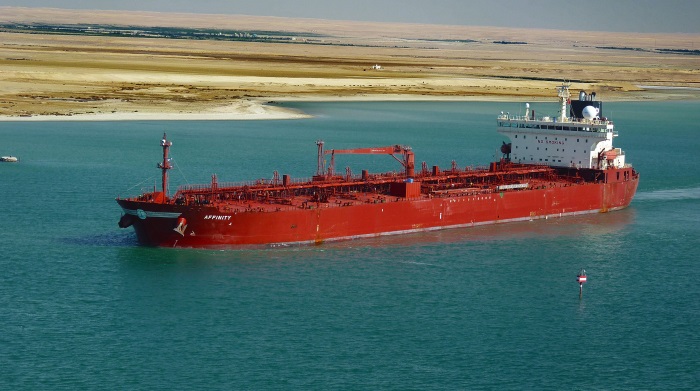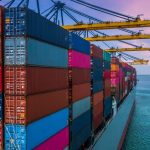The VLCC tanker market could see an upward trend, thanks to increased demand from China. In its latest weekly report, shipbroker Gibson said that “China’s dramatic shift away from its strict zero covid policy at the end of 2022 defied expectations of a gradual reopening over the course of 2023. Inevitably fuel demand is now projected to grow strongly over the course of 2023, with the IEA predicting growth of 900kbd, whilst Refinitiv Oil Research forecasts crude imports gaining 10% year on year. However, resurgent Chinese demand raises several key questions. Firstly, how much of this incremental import demand will be met with Russian supplies, and secondly, to what extent will rising domestic consumption compete with refined product exports”.
According to Gibson, “in terms of crude supply, Russia is likely to establish itself as China’s top oil supplier when pipeline flows are included, particularly with reports that the top state-owned refiners have returned to purchasing Russian crude after a brief hiatus towards the end of 2022. Further, smaller teapot refiners in Shandong province may also turn to discounted Russian fuel as a feedstock for their facilities. Nevertheless, not all of China’s demand growth is expected to be met with Russian barrels, with higher buying out of the Americas, West Africa and Middle East expected to contribute towards an uptick in vessel demand, most notably for VLCCs. With Chinese crude production largely flat, on the crude side it is quite simple. China will need to increase seaborne imports to meet its demand growth – a positive for the tanker market even if Russia plays a significant role. However, for refined products the picture is less straight forward”.
Gibson added that “over the course of the pandemic, China has boosted its domestic refining industry and now boasts the largest capacity in the world at 18.4mbd, ahead of the United States. Although lower utilisation rates means that projected run rates for 2023 stands at 14.5mbd (+800kbd yoy). However, despite increased capacity and higher output, the forecast for refined product exports growth is modest, having been revised down since China abandoned its zero covid policy. Whilst overall CPP exports are expected to grow with gasoil and jet seeing the greatest upside, gasoline exports are expected to fall back as domestic travel sees barrels retained for local consumption. Overall exports are now expected to grow by around 10%, pegged back by stronger domestic consumption”.
“However, export volumes could well be higher, initial quota allocations look generous at 18.99 million tonnes (around half of total 2022 exports) whilst overseas demand is likely to rise in the coming months. Meanwhile, strong refining margins should incentivise refiners to boost output. However the key will be how much quota is issued in the second round of 2023. Longer term, the key determinant will be government policy towards the refining sector. For now, the government appears to be more focused on economic development rather than environmental policy as was the case during the first half of 2022. Whilst a policy shift back cannot be ruled out, the economic opportunity to capture more value in the refining industry, and the desire to boost GDP growth following the end of zero covid should prevail this year”, Gibson concluded.
Source: Hellenic Shipping News





